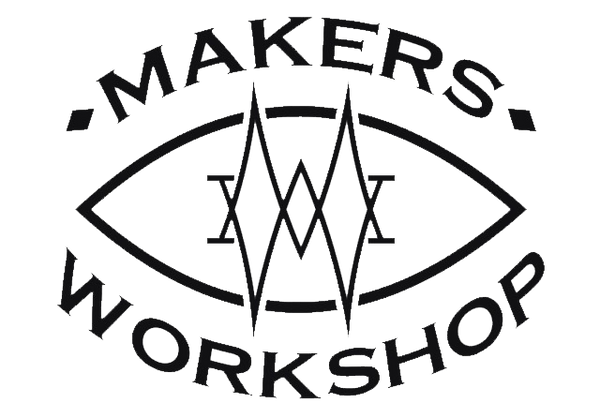Prototyping is an essential step in the product development process. It allows designers and engineers to test and refine their ideas before moving forward with production. In this ultimate guide, we will explore what prototyping is, why it is important, and the different types of prototypes that can be used.
What is prototyping?
Prototyping is the process of creating a preliminary version of a product to test and validate its design. It involves building a physical or digital model that simulates the functionality and appearance of the final product. Prototypes can range from simple sketches to fully functional models, depending on the stage of development and the goals of the project.
Why is prototyping important?
Prototyping is a crucial step in the product development process for several reasons:
- Validation: Prototyping allows designers to test their ideas and gather feedback from users or stakeholders. It helps identify design flaws, usability issues, and potential improvements.
- Cost and time savings: By identifying and addressing design issues early on, prototyping can help avoid costly mistakes during production. It also helps streamline the development process, reducing time to market.
- Communication: Prototypes serve as a visual and tangible representation of a product idea, making it easier to communicate and align stakeholders' expectations.
Types of prototypes
There are several types of prototypes that can be used depending on the project requirements and objectives:
1. Paper prototypes
Paper prototypes are low-fidelity models created by sketching or drawing the product on paper. They are quick and inexpensive to create, making them ideal for early-stage concept testing and brainstorming sessions.
2. Digital prototypes
Digital prototypes are interactive simulations of a product created using specialized software. They allow designers to test the user interface, interactions, and functionality of a product before investing in physical prototypes.
3. Functional prototypes
Functional prototypes are physical models that closely resemble the final product in terms of appearance and functionality. They are used to test and validate the product's performance, durability, and usability.
4. 3D printed prototypes
3D printed prototypes are created using additive manufacturing techniques. They enable designers to quickly produce complex and customized parts, allowing for rapid iteration and testing.
5. Virtual reality (VR) prototypes
Virtual reality prototypes create a simulated environment where users can interact with a product in a virtual space. They are particularly useful for testing products that involve spatial interactions, such as architectural designs or gaming applications.
Conclusion
Prototyping is a critical step in the product development process. It allows designers and engineers to validate their ideas, save time and costs, and improve communication with stakeholders. By choosing the right type of prototype for each stage of development, product teams can increase their chances of success and create innovative and user-centered products.

